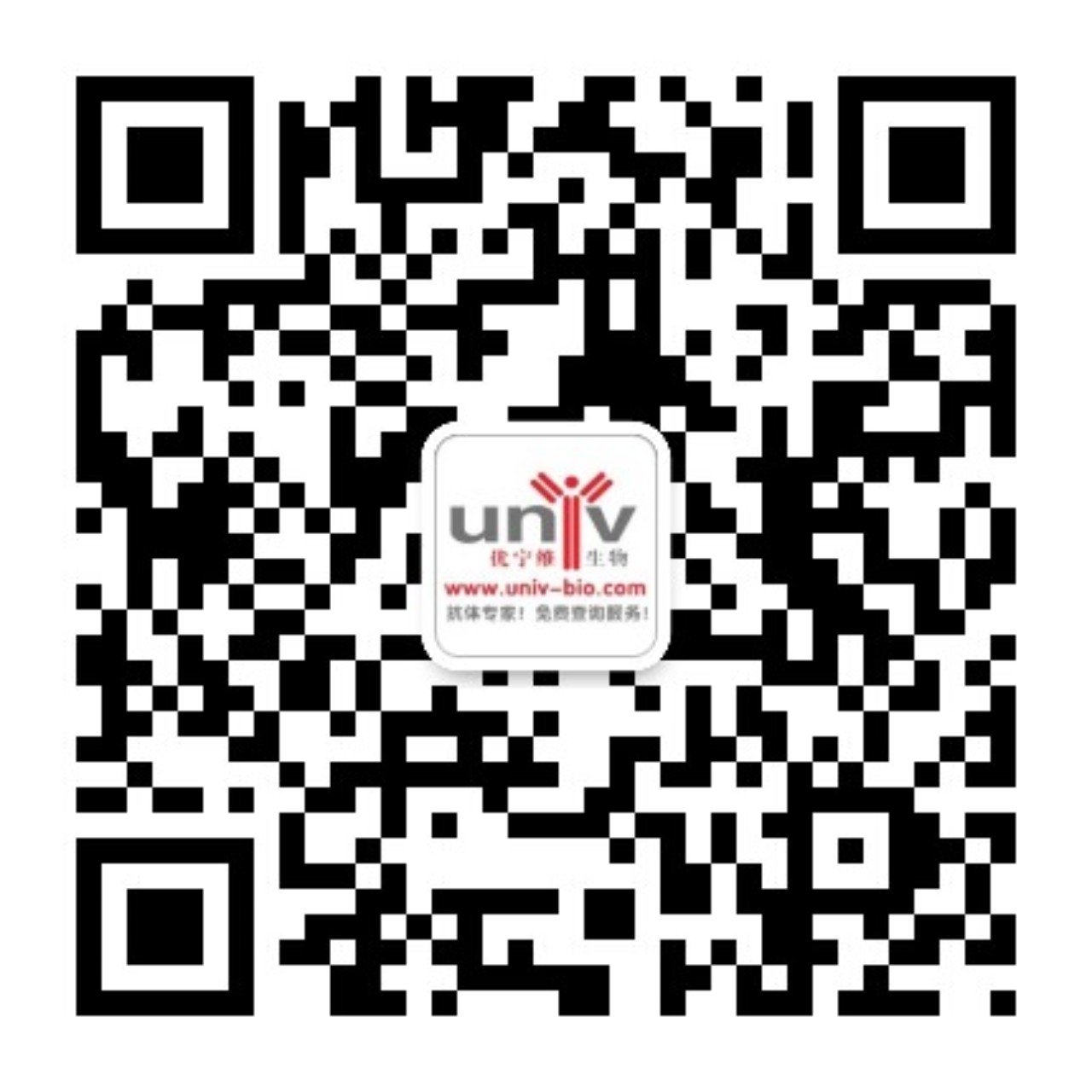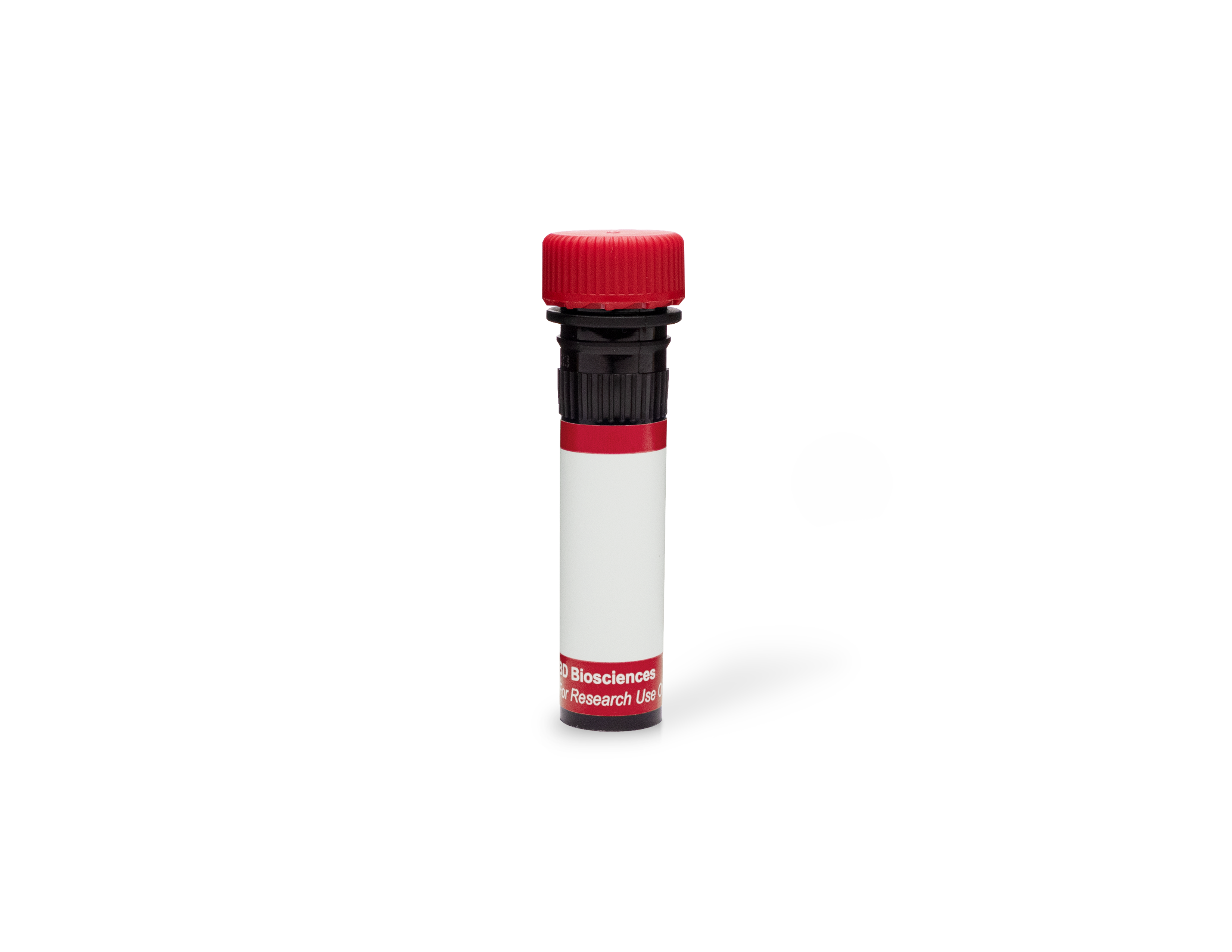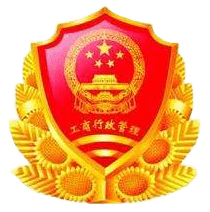



 下载产品说明书
下载产品说明书 下载SDS
下载SDS 用小程序,查商品更便捷
用小程序,查商品更便捷



 收藏
收藏
 对比
对比 咨询
咨询
















参考图片
Expression of IL-4 by stimulated CD4+ and CD4-Balb/c spleen cells. BALB/c spleen cells were cultured for 72 hours in medium containing Staphylococcus aureus enterotoxin B (2 µg/ml final concentration; Sigma, St. Louis, MO), recombinant mouse IL-2 (10 U/ml final concentration; Cat. No. 550069) and recombinant mouse IL-4 (2 ng/ml final concentration; Cat. No. 550067). The cells were harvested and restimulated for 5 hours with anti-CD3 (2 µg/ml final concentration; 145-2C11, Cat. No. 553057) and anti-CD28 (2 µg/ml final concentration; clone 37.51, Cat. No. 553294) antibodies in the presence of GolgiStop™ (3 µM final concentration; Cat. No. 554724). The splenocytes were then stained with 0.25 µg of FITC-conjugated rat anti-mouse CD4 (FITC-RM4-5, Cat. No. 553047) and 0.25 µg of APC-conjugated rat anti-mouse IL-4 antibody (APC-11B11, Cat. No. 554436) by using Pharmingen's staining protocol (left panel). To demonstrate staining specificity, the binding of APC-11B11 was blocked by the preincubation of the conjugated antibody with excess recombinant mouse IL-4 (0.25 µg; Cat. No. 550037) (middle panel) or by pre-blocking fixed/permeabilized cells with excess purified \"cold\" 11B11 mouse antibody (5.0 µg; Cat. No. 554433) (right panel) prior to staining. The quadrant markers for the bivariate dot plots were set based on the autofluorescence control, and verified using the cytokine-blocking and \"cold\" mouse antibody blocking controls. This APC-conjugated reagent can be used in any flow cytometer equipped with a a dye, HeNE or red diode laser. These include the dual laser FACStarPLUS™, FACS Vantage™ or FACSCalibur™.






 危险品化学品经营许可证(不带存储) 许可证编号:沪(杨)应急管危经许[2022]202944(QY)
危险品化学品经营许可证(不带存储) 许可证编号:沪(杨)应急管危经许[2022]202944(QY)  营业执照(三证合一)
营业执照(三证合一)